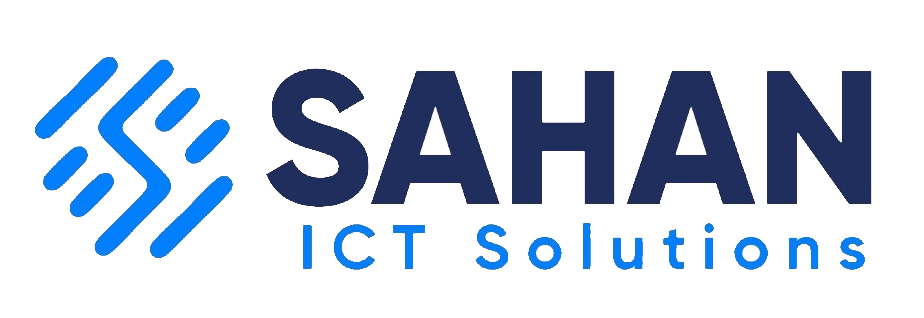Restaurant Management System - SAHAN ICT SOLUTIONS
- Home
- Restaurant Management System

A Restaurant Management System (RMS) is a software solution designed to streamline and optimize the day-to-day operations of a restaurant. From managing orders and reservations to controlling inventory and tracking sales, an RMS improves efficiency, enhances customer experience, and helps businesses run smoothly.
Key Features of a Restaurant Management System (RMS)
-
Order Management
- Order Taking: Allows servers to enter orders directly into the system, either via POS (Point of Sale) terminals or mobile devices.
- Order Tracking: Tracks the status of customer orders in real-time, from the kitchen to the dining table.
- Order Modifications: Enables modifications to orders based on customer requests, such as special dietary requirements or changes in ingredients.
-
Menu Management
- Digital Menu: Create and update an interactive menu that can be displayed on POS systems, kiosks, or mobile devices.
- Menu Items & Pricing: Easily update prices, remove or add menu items, and organize the menu by categories (e.g., appetizers, main courses, desserts).
- Ingredient Tracking: Keep track of ingredients used in menu items to monitor stock levels and reduce waste.
-
Table Management
- Reservation System: Allow customers to book tables in advance through the restaurant’s website, app, or directly through the RMS.
- Real-Time Table Availability: Provide a live view of available tables, helping to optimize seating and reduce wait times.
- Table Assignment: Automatically assign tables to customers based on their preferences and availability.
-
Point of Sale (POS) System
- Payment Processing: Accept various payment methods, including credit/debit cards, mobile wallets, and cash.
- Order Billing: Generate detailed bills and split them based on customer requests, such as individual or group billing.
- Discounts & Promotions: Apply discounts, loyalty rewards, and promotions to customer orders.
- Sales Reports: Track sales trends, identify best-selling items, and generate daily or monthly sales reports.
-
Inventory Management
- Stock Monitoring: Track inventory levels of ingredients, beverages, and supplies in real time.
- Stock Alerts: Receive notifications when stock is running low or items are close to expiry.
- Purchase Orders: Automate the generation of purchase orders to restock ingredients and supplies as needed.
-
Customer Management
- Customer Profiles: Create profiles for regular customers to track preferences, previous orders, and special requests.
- Loyalty Programs: Implement loyalty programs and offer rewards to repeat customers, encouraging retention.
- Feedback & Reviews: Collect customer feedback and reviews to improve service quality.
-
Employee Management
- Staff Scheduling: Create and manage staff schedules, track working hours, and monitor attendance.
- Employee Roles & Permissions: Assign roles to staff (e.g., server, manager, kitchen staff) and set permissions based on their job responsibilities.
- Payroll Management: Calculate wages, tips, and bonuses and generate payroll reports.
-
Kitchen Management
- Order Transmission: Automatically send orders from the POS to the kitchen for preparation, reducing errors and improving efficiency.
- Order Status Updates: Track the progress of orders and communicate estimated preparation times to wait staff.
- Recipe Management: Store recipes and cooking instructions to ensure consistency and quality in food preparation.
-
Reporting & Analytics
- Financial Reports: Track revenue, expenses, and profit margins, and generate detailed financial statements.
- Performance Metrics: Analyze employee performance, including sales data and tips, to identify top performers.
- Inventory Usage Reports: Monitor ingredient usage to optimize purchasing and minimize waste.
- Customer Insights: Identify customer preferences and trends to optimize menu offerings and marketing strategies.
-
Online Ordering & Delivery Integration
- Online Ordering: Allow customers to place orders through the restaurant’s website or mobile app for pick-up or delivery.
- Delivery Integration: Integrate with third-party delivery platforms (e.g., Uber Eats, Grubhub) for seamless order fulfillment.
- Order Tracking: Provide customers with real-time updates on their order status and delivery time.
Restaurant Management System
Order Taking: Allows servers to enter orders directly into the system, either via POS (Point of Sale) terminals or mobile devices.
Order Tracking: Tracks the status of customer orders in real-time, from the kitchen to the dining table.
Order Modifications: Enables modifications to orders based on customer requests, such as special dietary requirements or changes in ingredients.
